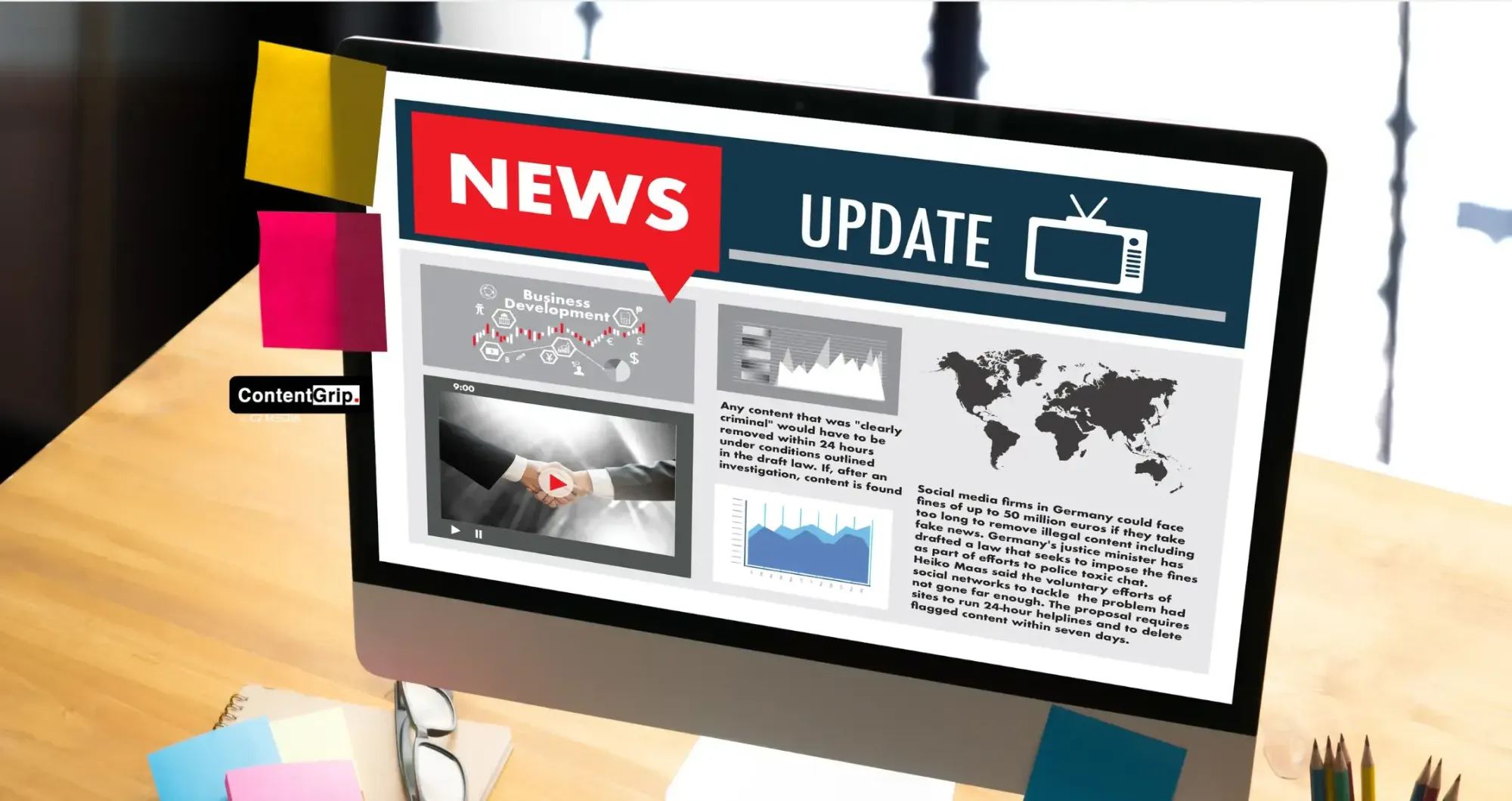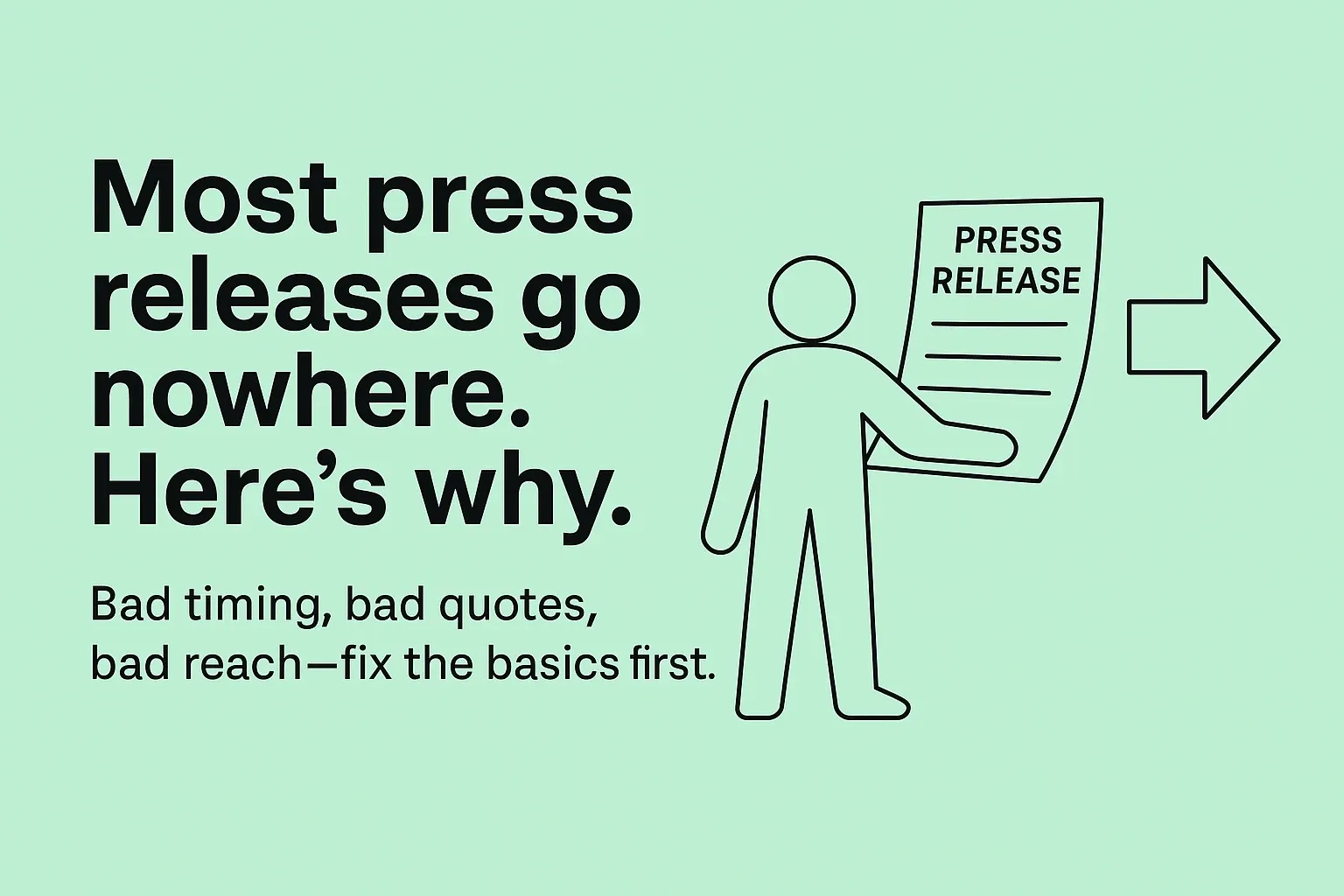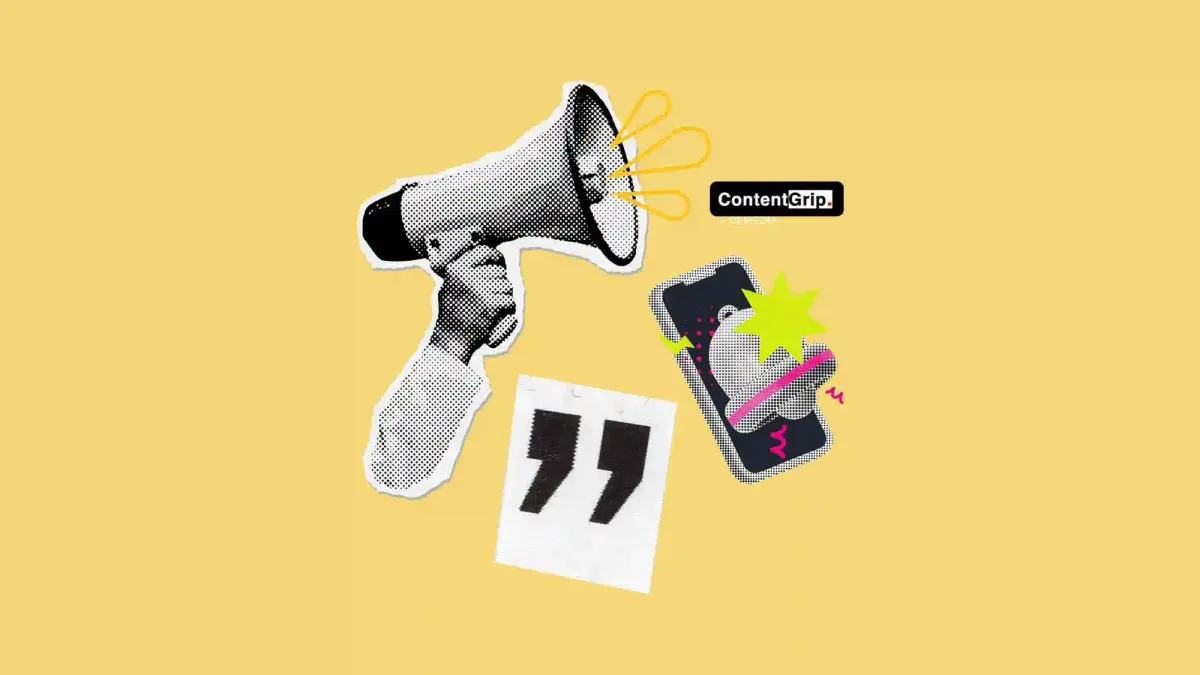The biggest press release mistakes (and how to avoid them)
Why your press release probably flopped—and how to make sure it doesn’t happen again.

You launched the campaign. Hit “send” on that press release. Then… nothing happened.
No coverage. No email replies. Not even a polite “not interested.”
If that’s your current situation, you’re not alone. Especially if your brand is new. Big names like Netflix or Apple can sneeze and still get headlines. But when you’re not one of them, you have to work harder—and smarter—to get picked up.
This article breaks down the most common press release mistakes that kill your chances with media.
Fix these, and your next campaign will have a better shot.

Weak or vague headlines
Journalists get hundreds of emails a day. If your subject line doesn’t hit, your press release won’t get opened.
The biggest red flag? Generic headlines like: “Startup launches new app to help users manage time.” It says nothing. It doesn’t explain who, what, why, or why now.
Publishing at the wrong time
Timing matters. If you send your press release on a Sunday night or during a national holiday, expect it to be ignored.
Many new brands miss this—either blasting without checking the calendar or assuming journalists work 24/7.
Stuffing with irrelevant quotes
We get it—your CEO wants a quote in the press release. But if it’s just a long-winded echo of your product description, it adds no value.
Journalists skim. They’re looking for quotes that add forward-looking insights, not recycled copy.
Missing the actual news hook
One of the most common problems: the press release talks a lot about the company, but not about what’s newsworthy right now.
If you can’t answer the question “why should a journalist cover this today?”—you’re missing a hook.
No media assets or poor formatting
A wall of text with no logos, no images, no media contact, and no download links? That’s a fast track to the trash folder.
Even if your story is solid, lack of assets makes it harder for journalists to turn it into content.
Sending without targeting or follow-up
This one’s deadly: blasting your press release to 500 random emails you found online.
If it’s not relevant, it’s spam. And worse, you could get flagged or blocked.
As covered in our press release examples article:
“Hi [Journalist's Name], I wanted to check if you had a chance to review the press release I sent earlier about [Topic]. Please let me know if you’d like additional details or resources.”
If you’re fixing your press release right now, don’t guess—read what works in our press release examples article below.

FAQ
How to correct an error in a press release?
If it’s already been published, don’t panic. Send a short correction to your media contacts immediately—keep it simple and factual. If it hasn’t gone out yet, revise and recheck every section (especially names, numbers, and dates). Always update the press release file link if you’ve shared it publicly.
What makes a press release bad?
Bad press releases usually have one or more of these problems:
- no actual news
- vague headlines
- irrelevant or bloated quotes
- poor formatting or no assets
- sent at the wrong time
- no follow-up
If you're seeing zero coverage, it's usually not about the topic—it’s about the execution.
What information should not be in a press release?
- overhyped claims (“game-changer,” “world’s first”)
- internal company jargon or acronyms no one understands
- long-winded executive quotes that don’t add value
- irrelevant background info that buries the actual news
- embargoed content without clear terms
If it doesn’t help the journalist write a story, cut it.



